An update to the current understanding and potential of stem cell therapies for CP.
Intervention to improve function for children and young people with cerebral palsy needs to include client-chosen goals and whole-task practice of goals. Clinicians should consider child/family preferences, age, and ability when selecting specific interventions.
In cerebral palsy (CP) muscles are often shortened so much that they restrict joint range of motion and the muscles themselves are weak. Thus, ‘shortness’ and ‘weakness’ are two important needs that clinicians must address.
Plain Language Summaries are an excellent way to get a clear overview of clinical research. Our friends with Mac Keith Press and the AACPDM Community Council have worked together to choose articles that might be right for you.
Purpose of review: Cerebral palsy is the most common physical disability of childhood, but the rate is falling, and severity is lessening. We conducted a systematic overview of best available evidence (2012-2019), appraising evidence using GRADE and the Evidence Alert Traffic Light System and then aggregated the new findings with our previous 2013 findings. This article summarizes the best available evidence interventions for preventing and managing cerebral palsy in 2019.
Cerebral Palsy can be described by the way it affects movement and motor function, the part of the body affected and by how severe the impact is.

For some the day-to-day problems faced by children and adults with cerebral palsy, and their carers, are not motor ones alone. It is important that you discuss other areas of your child's development if you have concerns.

There are some medical conditions or events that can happen during pregnancy, delivery, or shortly thereafter that may increase a baby's risk of being born with cerebral palsy.
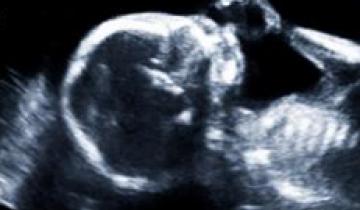
A child may need one or several different types of treatment depending on how severe the symptoms are and what parts of the body are affected. Early intervention and treatment may help to improve function for the nervous system and musculoskeletal system.
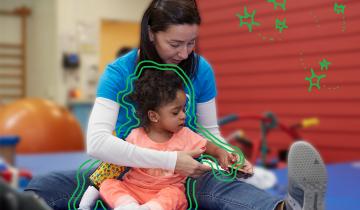
Infants with CP frequently have developmental and motor delays, in which they are slow to reach milestones such as learning to roll over, sit, crawl, or walk. The symptoms of CP differ in type and severity from one person to the next, and may even change in an individual over time.

Cerebral Palsy is the most common motor disability in children caused by abnormal development or damage to the motor area of the brain’s outer layer (called the cerebral cortex), the part of the brain that directs muscle movement. This damage can occur before, during, or shortly after birth.
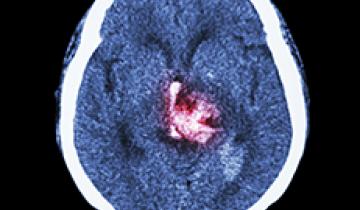
CP is the most common lifelong physical disability. Globally over 17 million people have cerebral palsy.
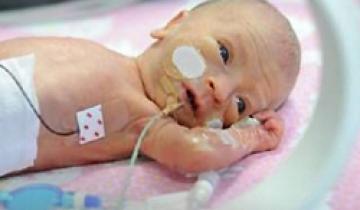
The specific motor types present in CP are determined by the extent, type, and location of the brain injury.
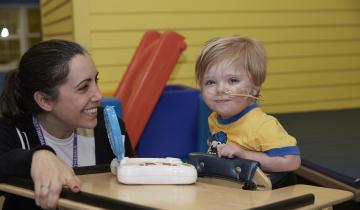
CP describes a spectrum of conditions that affects individuals in many different ways. Your care team may use the term GMFCS which stands for Gross Motor Function Classification Scale and is used to describe what mobility aids your child may need to complete certain tasks.

